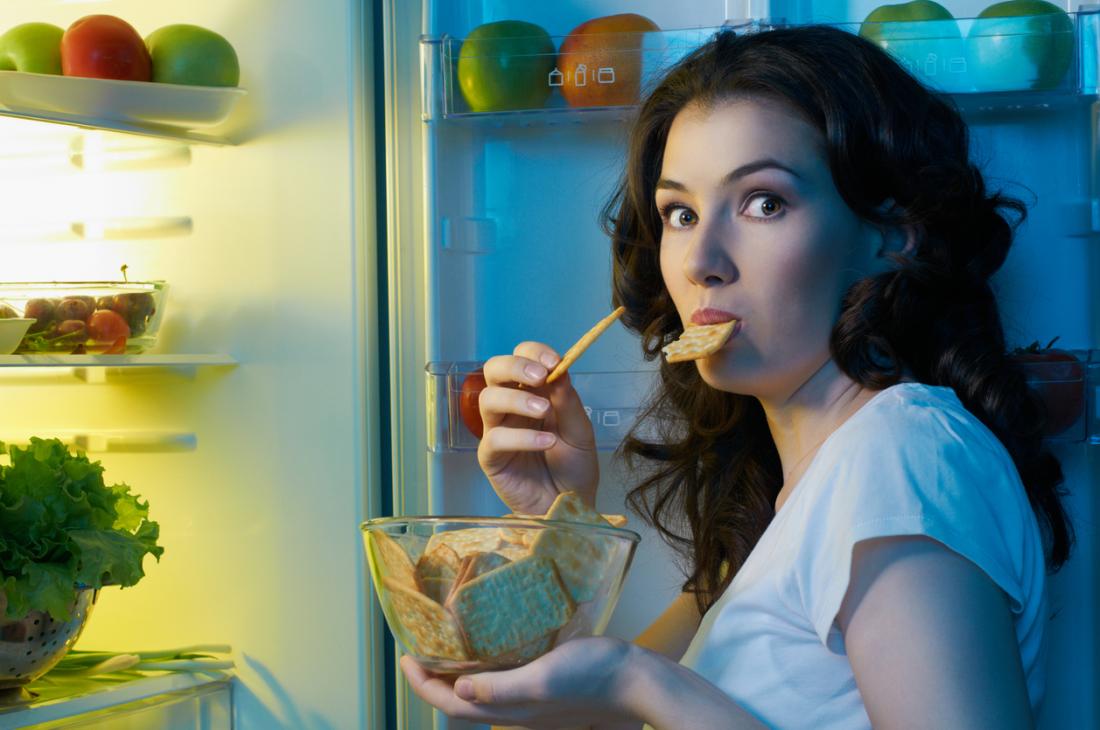
According to researchers, mice that were fed during the day rather than at night – which is an abnormal eating pattern for the rodents – experienced greater skin damage as a result of exposure to ultraviolet (UV) radiation, compared with mice fed at normal times.
Study co-author Dr. Joseph S. Takahashi, of the Department of Neuroscience at the University of Texas Southwestern Medical Center in Dallas, and colleagues report that the abnormal eating times altered the circadian rhythm in the skin of the mice, reducing the daytime activity of a skin-protecting enzyme.
The findings were recently published in the journal Cell Reports.
Whether from the sun or tanning beds, UV rays damage the DNA in skin cells, making UV exposure a major risk factor for sunburn, skin aging, and skin cancer.
UVA rays – which account for up to 95 percent of UV rays that reach the Earth’s surface – penetrate the deeper layers of skin. They are a key cause of skin aging, and they also play a role in skin cancer.
UVB rays cause most damage to the outer skin layers, and they are the main cause of sunburn and skin cancer.
Wearing sun-protective clothing and sunscreen are two of the best ways to protect our skin against the damaging effects of UV radiation. The new study from Dr. Takahashi and colleagues, however, suggests that adhering to a normal eating pattern may also help.
Activity of skin-protecting enzyme altered
The researchers came to their conclusion by assessing the effects of UVB exposure on the skin of two groups of mice. One group was fed during the daytime only – an abnormal eating time for the nocturnal rodents – while the other group was fed at nighttime only, the usual eating time for mice.
The team found that exposure to UVB radiation during the daytime caused greater skin damage in mice whose eating patterns were abnormal, compared with mice that had normal eating patterns.
Further investigation revealed that abnormal eating times triggered changes in the circadian rhythm of the rodents’ skin.
Specifically, an enzyme called xeroderma pigmentosum group A (XPA) – which normally helps to protect skin against UV damage – became less active in the daytime and more active at nighttime.
Mice that followed their normal eating patterns, however, showed no shift in XPA activity.
‘A harmful shift in the skin clock’
Additionally, the researchers found that altered eating patterns in the rodents affected the expression of around 10 percent of their skin genes, though the implications of these gene expression changes are unclear.
While further research is needed to confirm whether eating times affect the circadian rhythm of skin in humans, the researchers say their results indicate that our eating habits may influence our susceptibility to UV damage.
“It is likely that if you have a normal eating schedule, then you will be better protected from UV during the daytime. If you have an abnormal eating schedule, that could cause a harmful shift in your skin clock, like it did in the mouse.”
Dr. Joseph S. Takahashi
“It’s hard to translate these findings to humans at this point,” adds study co-author Dr. Bogi Andersen, of the University of California, Irvine. “But it’s fascinating to me that the skin would be sensitive to the timing of food intake.”
[“Source-medicalnewstoday”]
